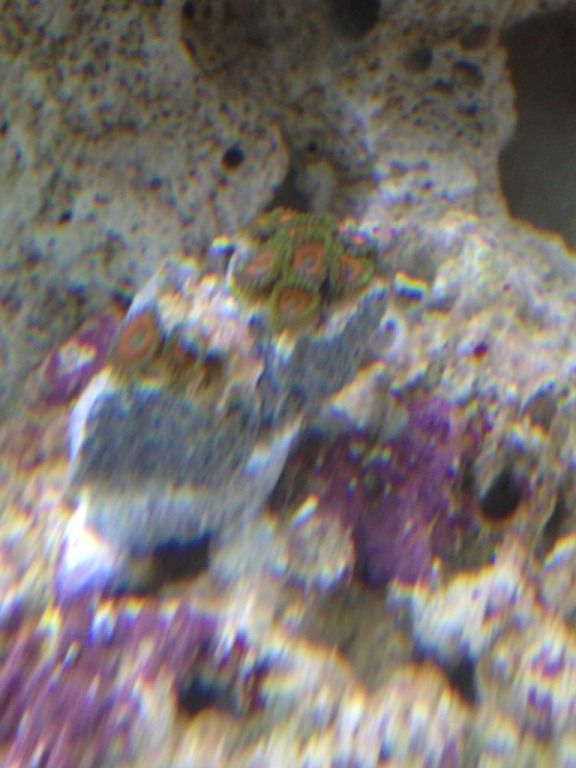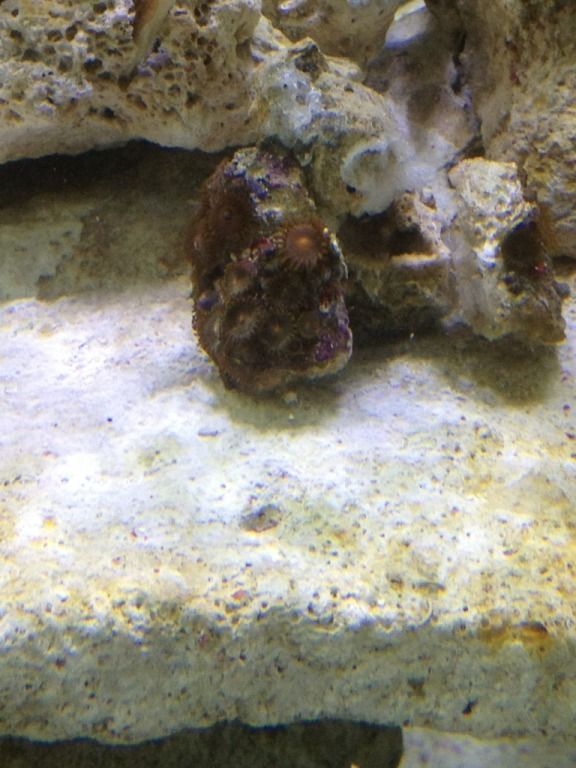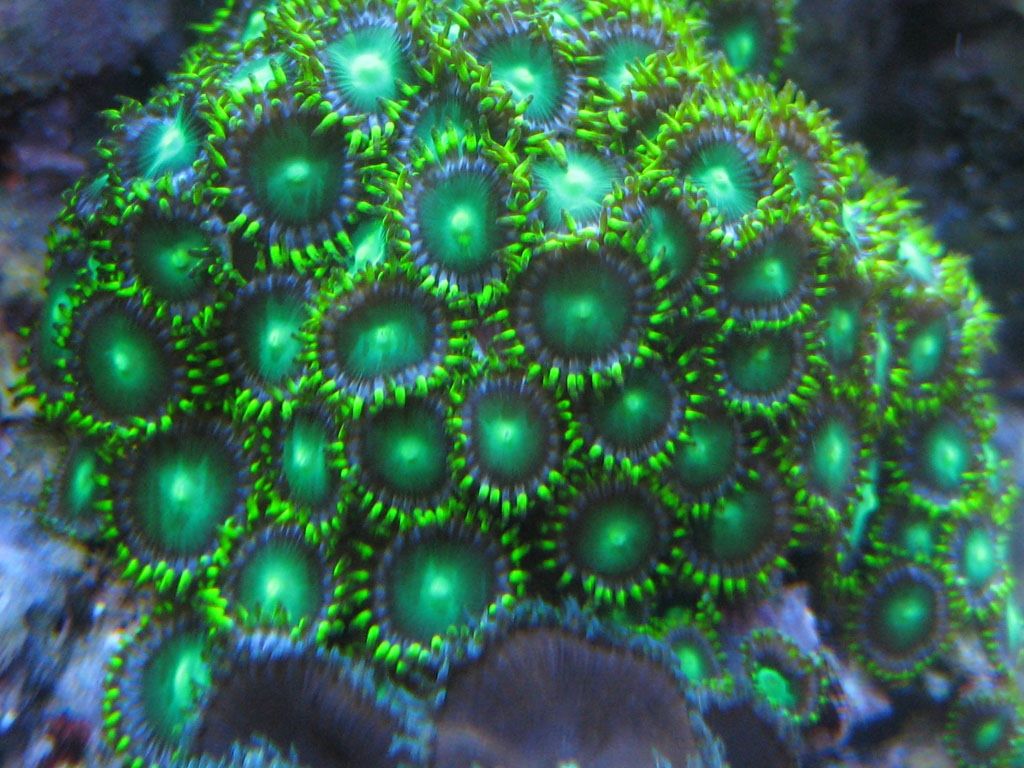
 |
|
#1
|
||||
|
||||
|
So yesterday I bought a couple zoas. I did do some research on them prior to purchasing and read that they contain palytoxins which is apparently the most poisonous natural substance known to man! Anyways I took extra precaution when I tramsfered them to my tank. Wearing gloves when I was moving them, but I think I must have accidentally touched the tubing end in which I sucked in to siphon water to acclimate them. I then felt a bit dizzy about a few minutes later but didn't really think anything of it. After I finish putting them in my tank my heart slightly started to race then followed by hard time breathing. I then googled and found out these were the signs of palytoxin poisoning which would soon lead to body paralysis and death. I think kind of freaked out and my heart started to pound more n had a much harder time breathing. I thought I was just scaring myself into thinking that I actually got poisoned and that it was just all in my head. I then just slept it off. Then today I felt odd and my left arm is all numb and aches even till now. I went to my doctor and he said I might have gotten slightly poisoned by ingesting the poison. He then told me If I were to ingest a higher amount I would only have had 90mins to get treated at the hospital ori would have died!!! Next time I'm not taking any chances with these things and will go to the hospital ASAP! Be careful with your zoas guys!!, don't take any risk and remember the most beautiful things in life can be the most deadly!
|
|
#2
|
||||
|
||||
|
Good thing you're okay, close call! I would've freaked like crazy.
It's not touching them with the hand that's deadly. I used to handle them and touch the polyps all the time with bare hands when I didn't know any better. The important thing is to not touch your body or face afterwards. This lady was almost blind because she rubbed her eyes afterwards. Thanks for posting this. I'll be very careful about sucking on the end of a siphon now. Maybe wipe it beforehand? |
|
#3
|
|||||
|
|||||
 bring out the big boys! |
|
#4
|
||||
|
||||
|
You should get yourself one of these too...great little device and pretty darn cheap.
http://innovative-marine.com/auqa-gadget/accu-drip.html No more "sucking" for siphon to drip acclimate.
__________________
Mark...  290g Peninsula Display, 425g total volume. Setup Jan 2013. |
|
#5
|
|||||
|
|||||
|
|
|
#6
|
|||||
|
|||||
|
Would love to see a photo of the zoanthid in question.
|
|
#7
|
||||
|
||||
|
Me too!
|
|
#8
|
||||
|
||||
|
I purchased 3-4 diff types of zoas that day
First is the water melon  A mix of fire n ice with some other zoas I forgot the name of  And lastly the green dragon eye. They have been closed since I moved them to my tank so I cant really take a pic so I got this one from google img  The zoas look ****ty in my pic cuz I'm using my iPhone and I had to turn off my blue light or it's very hard to see on camera My arm is feeling a little bit better today but still a bit numb. Dam zoas! Lol |
|
#9
|
||||
|
||||
|
I don't think it matters what one it is, they all give off a toxin when there being handled. I learned the hard way as well when handling them. Also if you are fragging out of the tank wear glasses. I use powder free throw away gloves as well.
__________________
Hey! I never "LEFT" the hobby, just doing fresh water now. Which is still listed as part of Canreef if I'm not mistaken. |
|
#10
|
|||||
|
|||||
|
Quote:
I'm not down playing how toxic the toxin is simply my opinion that 90% of the accusations put onto the internet don't have a credible base of evidence. Quote:
Every single one of the corals you added was a zoa, very unlikely they contain the toxin. |